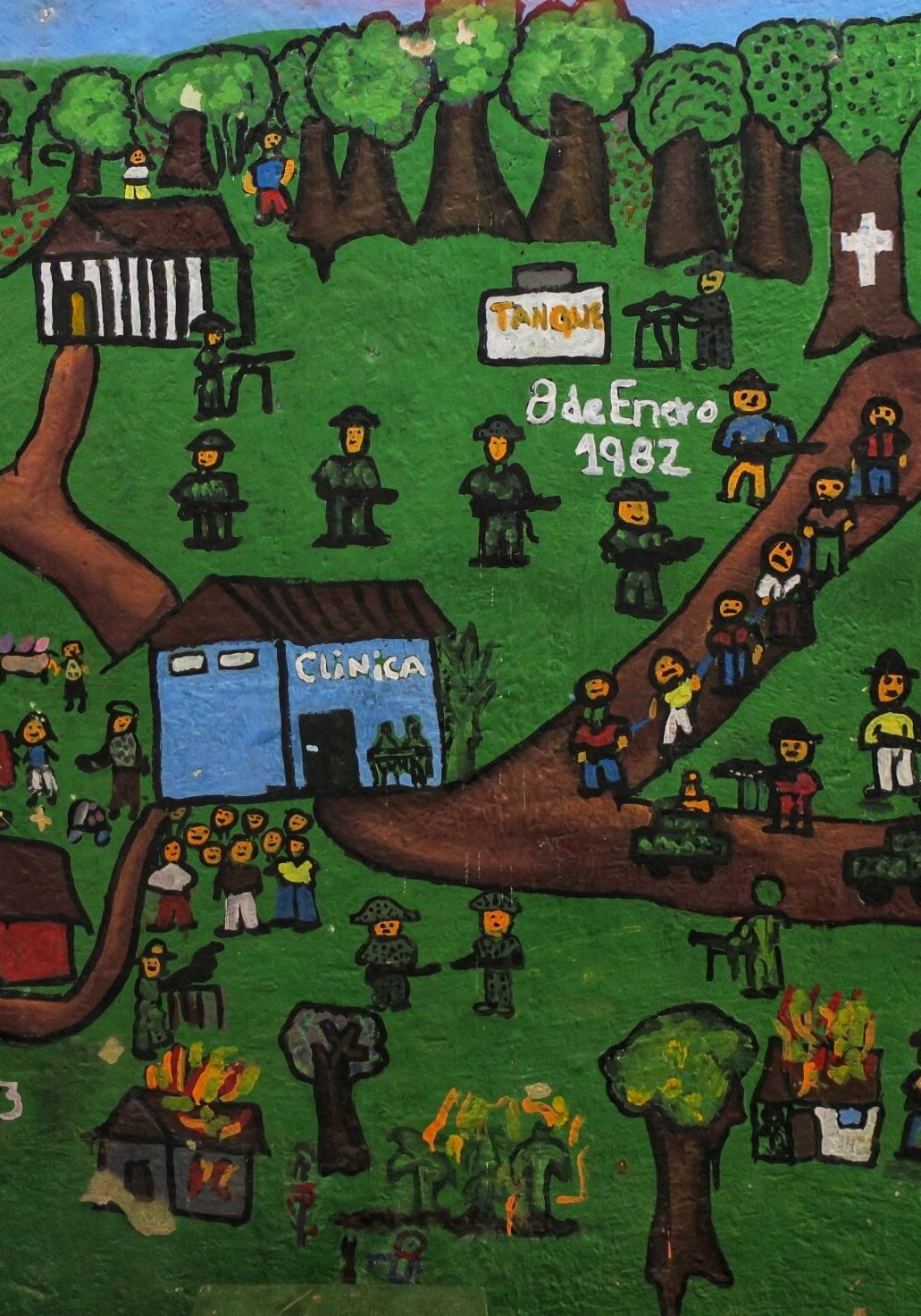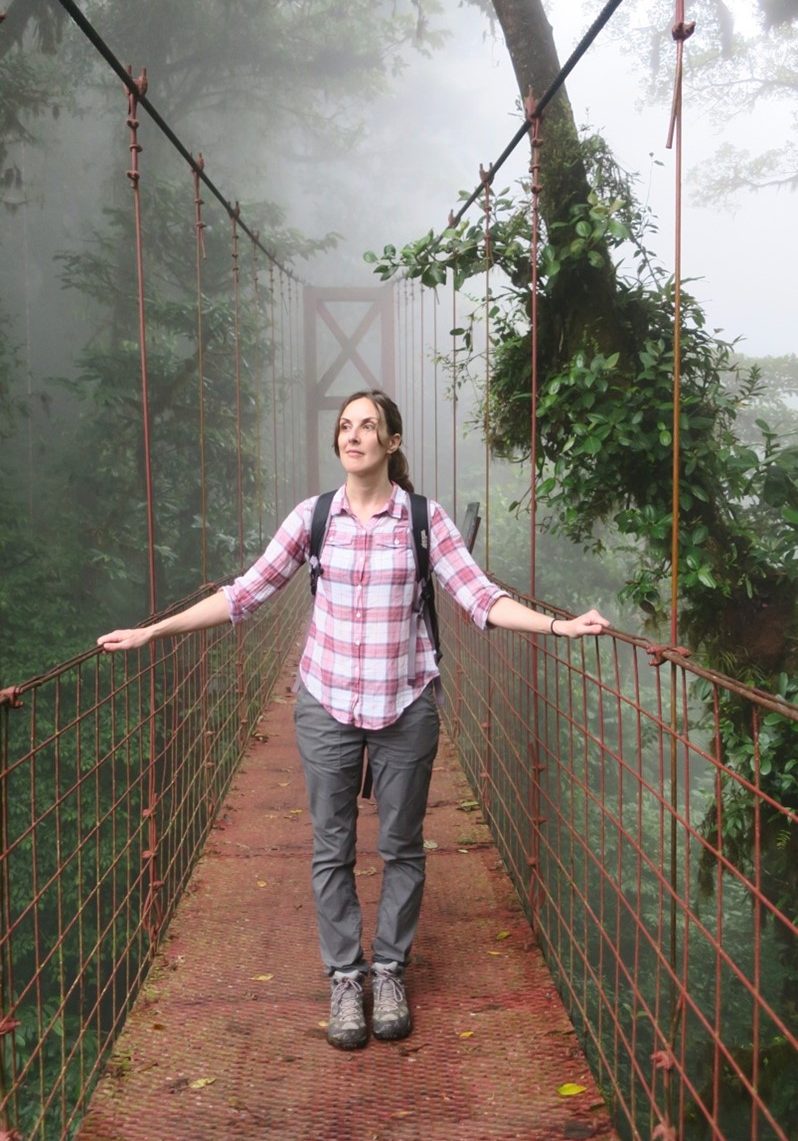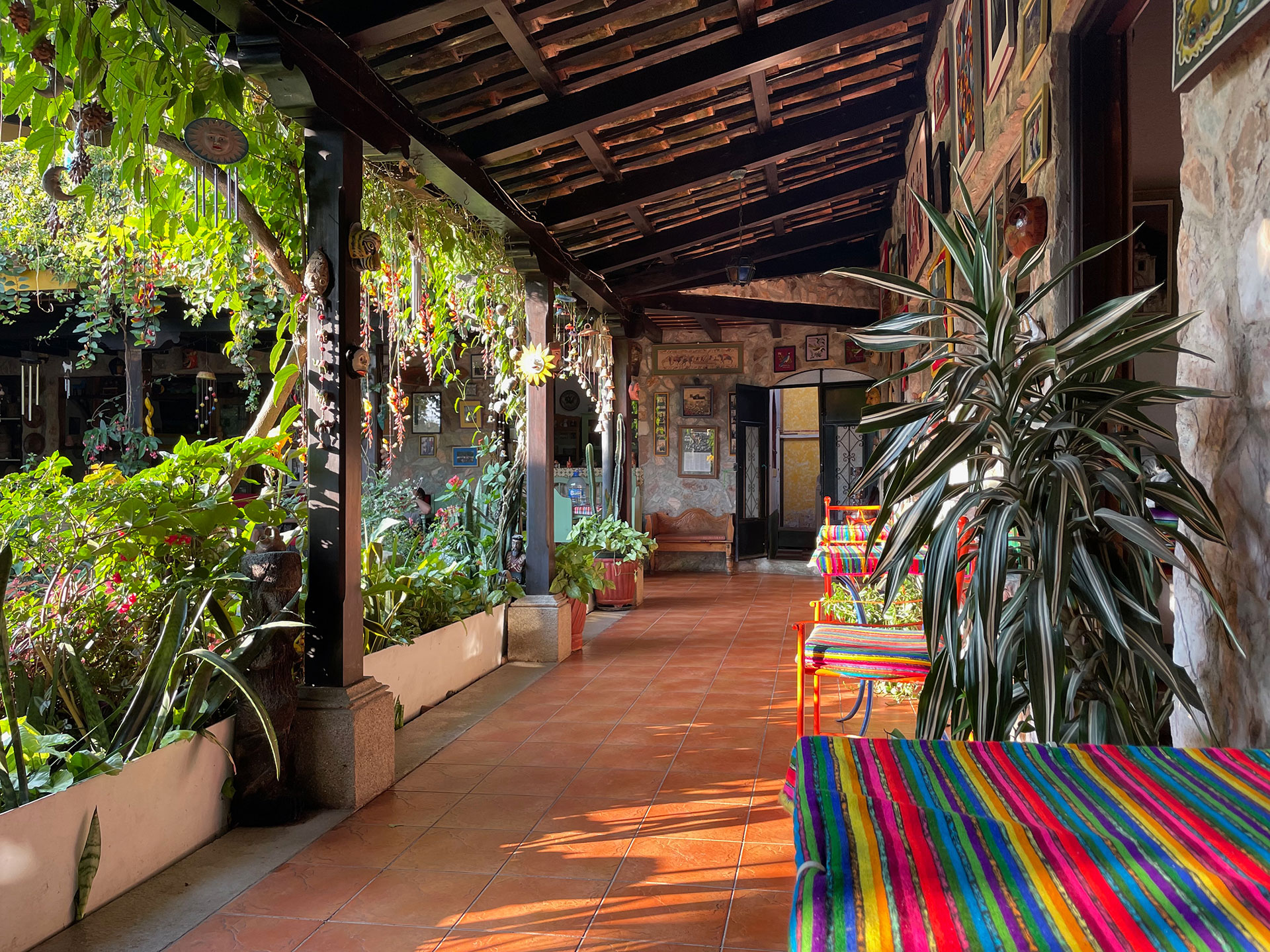About
Kate Swanson
Much of my research, writing, and activism tries to uncover and make sense of inequality and injustice in our world.
I’ll admit that this is a daunting task given the current state of things. However, I’m an eternal optimist, and I remain forever hopeful.

My Work
For the past decade, I’ve worked with unaccompanied migrant children in the US/Mexico border region. My research uses participatory techniques to learn about why children are fleeing their homes and to understand their experiences with violence, detention, and deportation. In my writing, I pull from decolonial and feminist scholars to make sense of the emotional rhetoric that frames rising border militarization, and I try to highlight the embodied impacts of anti-immigrant policies, especially as they affect children and young people. Connecting my academic research to activist struggles is important to me, and I’ve been involved in many organizations as both a volunteer and as an organizer to push against anti-immigrant policies and unjust immigration detention.
My research on the US/Mexico border built upon my prior work with Indigenous Kisapincha in Ecuador. Here, I built an ethnographic project with Kisapincha women and children who worked on the streets of Ecuador’s largest cities. Some sold candies, some begged, and some shined shoes. They did so as a means to get ahead in a highly exclusionary and unequal economic system, especially for Indigenous peoples. My work in Ecuador centred around themes of neoliberal urbanism (i.e., zero tolerance policies, gentrification, revanchism), the urban informal economy, survival migration, as well as exclusionary rhetoric pertaining to gender, race, ethnicity, and childhood.
Going back even further, I did research in Vietnam and China. While I haven’t published very much of this work, I spent a year studying Vietnamese and a summer working with street working children in Ho Chi Minh City (sadly, I’ve forgotten almost all of my Vietnamese now!). I also undertook research in rural Zhejiang Province, China. I was very interested in environmental change in a rapidly industrializing region, so my research explored environmental perceptions and compliance with environmental laws during the late 1990s.


My first real international experience was when I was 17 years old. I travelled to Costa Rica with the Environmental Youth Alliance to study deforestation. This trip fundamentally shifted my perspective on the world. During the third year of my undergraduate degree, I also spent a semester in rural Olancho, Honduras studying sustainable agriculture and deforestation. During the summers of my undergraduate degree, I worked as a tree planter in both northern Quebec and northern British Columbia, which taught me how to manage intense physical labour. After graduation, I backpacked around South America on a shoestring budget and then returned to Canada to work as an environmental planner.
I mention these formative experiences because they shaped me into the scholar and activist that I am today. As I stated earlier, I remain hopeful and committed to enacting social and environmental change. Through my research, teaching and activism, I strive to encourage everyone to hang onto even the tiniest threads of hope to begin weaving together the kind of world they’d like to live in.
